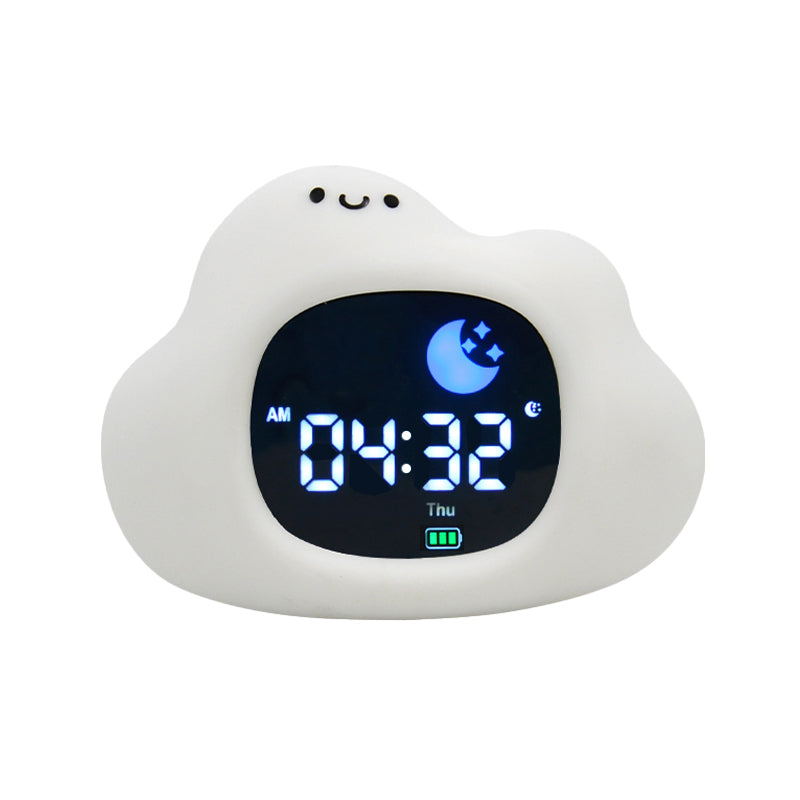Family Travel
Travel Sleep Hacks for Parents: Restful Tips for Happy Family Adventures
Travelling with kids is magical, unpredictable—and often sleep-disrupting. These parent-tested tips help babies, toddlers and big kids settle on planes, in cars, and at your destination so everyone wakes up ready for adventure.
Why Sleep Matters When Travelling with Kids
Between new environments, time zones and long transit days, sleep can easily unravel. Protecting rest time helps reduce meltdowns, boosts immunity, and gives parents the energy to actually enjoy the trip.
1) Prep for Sleep Before You Travel
Shift gently (if changing time zones)
Move bedtime and wake-up by 15–30 minutes per day in the 3–5 days before departure to soften the jet-lag blow.
Pack a compact “sleep kit”
- Favourite comfort item (lovey, small pillow, blanket)
- Portable white noise (mini machine or phone app)
- Warm, dim nightlight
- Blackout aids (eye mask or travel curtain clips)
- Breathable sleepwear + layers
Protect naps (if age-appropriate)
Overtired little ones fight bedtime. Use quiet pockets on travel day to sneak a nap—even a short one helps.
2) Sleep Hacks During Flights, Drives & Layovers
Choose schedule-friendly travel times
When possible, book overnight flights or plan long drives to overlap with regular sleep windows.
Recreate bedtime on the go
- Use a blanket or travel pillow that smells like home.
- Play white noise to mask cabin or road sounds.
- Dim lights/screens 30–45 minutes before intended sleep.
Make planes and cars comfy
- Ease ear pressure at takeoff/landing with feeding, a drink, or a pacifier.
- Dress in layers—temperatures fluctuate.
- For infants, request a bassinet seat early if the airline offers it.
Handle wake-ups calmly
Keep stimulation low. Gentle rocking, a quiet aisle walk, or a cuddle in dim light helps them drift back off.
3) On Arrival: Reset the Sleep Environment Fast
- Darken the room: Use blackout curtains, clips or eye masks.
- Sound matters: White noise smooths out hotel or apartment sounds.
- Familiar cues: Keep your bedtime routine—bath, story, lullaby, cuddles.
- Light strategy: Morning sunlight helps reset body clocks; dim lights in the evening.
4) Parents Need Sleep Too
- Tag-team nights: Alternate who settles wake-ups so each parent gets a chunk of sleep.
- Nap when they nap: Even 20 minutes is restorative.
- Your own kit: Eye mask, earplugs, cosy layers, magnesium (if appropriate).
- Be flexible: One messy night isn’t a pattern—reset the next evening.
5) Bonus Tips & Smart Shortcuts
- Travel cot familiarity: Let your child nap in it at home before the trip.
- Binder clips = blackout: Clip curtains to close gaps in bright rooms.
- Pack light, sleep right: A palm-size sound machine and a muslin blanket cover most needs.
- Warm-climate travel: Choose breathable carriers/wraps to prevent sweaty wake-ups.
Sample “Sleep-First” Travel Day Plan
| Time | What to Do |
|---|---|
| Evening before | Shift bedtime 30 mins earlier; lay out the sleep kit. |
| Travel morning | Keep things calm; hydrate; avoid overstimulation. |
| Usual nap window | Attempt a car/plane nap with white noise + comfort item. |
| Arrival | Darken room, set white noise, keep bedtime ritual. |
Final Thoughts
Travel sleep doesn’t have to be chaos. With a little prep, familiar cues and a flexible mindset, your family can protect rest and make space for the fun parts of travel.
Tip: If sleep goes off the rails one night, treat the next evening like a fresh start.
FAQ: Travel Sleep with Kids
How do I help my toddler sleep on a plane?
Recreate bedtime cues (comfort item, white noise, dim light), dress in layers, and plan flights around usual sleep times where possible.
Should I keep my child on “home time”?
For short trips (1–2 days), staying on home time can work. For longer stays, shift gradually toward local time using morning light and consistent bedtime rituals.
What if naps don’t happen?
Protect an early bedtime and keep the evening calm. One missed nap isn’t fatal—aim for recovery sleep that night.

